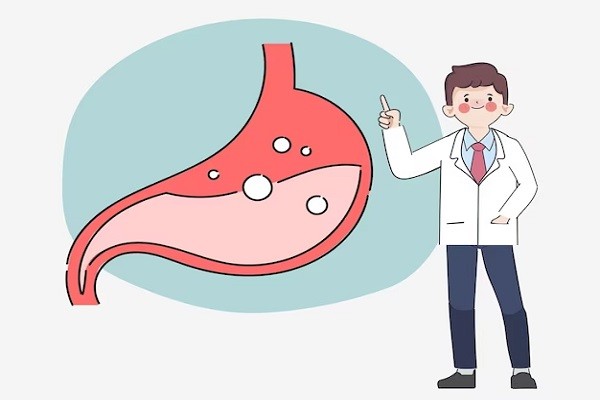
An Exploration of AFFF’s Ecological Footprint and the Urgency for Remediation
Once hailed as a firefighting triumph, aqueous film-forming foam (AFFF) now emerges as a harbinger of environmental consequences. Initially celebrated for its efficacy in quenching fierce fires, AFFF’s prevalence has given rise to an ecological crisis demanding immediate attention.
In this article, we will navigate the complex landscape of AFFF’s environmental impact. We will explore its ascent, chemical composition, and profound implications on our water supply and ecosystems.
The Rise of AFFF
Aqueous film-forming foam (AFFF) emerged in the mid-20th century as a groundbreaking solution for combating high-intensity fires, particularly those fueled by liquid hydrocarbons. Its popularity soared, becoming a staple in both civilian and military firefighting.
However, as the use of AFFF increased, so did its environmental impact. The very properties that made it effective – the inclusion of per- and polyfluoroalkyl substances (PFAS) – proved to be damaging to ecosystems. AFFF runoff infiltrated soil and water systems, setting the stage for environmental pollution.
The Chemical Composition of AFFF
AFFF’s chemical composition is a double-edged sword. While it effectively smothers fires, the long-lasting nature of PFAS within the foam poses a substantial environmental threat.
PFAS, known as “forever chemicals,” resist degradation, accumulating in the environment over time. This results in contamination of soil and water, raising concerns about the long-term consequences for both wildlife and human populations residing in affected areas.
As per NRDC, PFAS have been associated with diverse health risks in human and animal studies. These risks include cancer, specifically kidney and testicular cancers, as well as hormone disruption and liver and thyroid problems.
Interference with vaccine effectiveness, reproductive harm, and abnormalities in fetal development have also been reported.
Water Supply Struggles Across Communities
Communities situated near sites where AFFF has been heavily utilized find themselves grappling with unforeseen challenges in maintaining a safe water supply. EWG notes that as per the EPA, there have been 897 reported spills of PFAS-containing AFFF across the United States.
AFFF contaminants leach into groundwater and surface water sources, compromising the quality of drinking water. Residents face health risks associated with prolonged exposure, prompting urgent calls for comprehensive water filtration systems and alternative water sources.
The Ongoing Battle Against AFFF Pollution
Efforts to combat AFFF pollution are gaining momentum globally. Communities affected by AFFF contamination are banding together, seeking redress, and advocating for stricter regulations on the use and disposal of firefighting foams.
Governmental agencies are revisiting firefighting protocols and exploring alternative, less harmful solutions. Innovative technologies are being developed to remediate contaminated sites, offering hope for a cleaner, healthier future.
Legal Repercussions
A wave of lawsuits has hit AFFF, revealing a complex legal landscape tied to environmental and health risks. Plaintiffs who have filed the firefighting foam lawsuit allege that AFFF manufacturers failed to adequately warn about potential harm.
According to TorHoerman Law, these legal battles involve accusations of negligence, environmental regulation violations, and corporate irresponsibility. The lawsuits spotlight the intricate links between AFFF use, PFAS contamination, and resulting health risks.
Settlement talks, crucial to resolving these complex cases, are ongoing. Industry giants like 3M, DuPont, and Kidde-Fenwal face potentially significant financial implications. According to ConsumerNotice.org, around 7,191 AFFF lawsuits have been filed so far. While some cases have reached tentative settlements, the sheer scale suggests a lengthy legal battle.
Beyond individual cases, AFFF lawsuits influence wider regulations. Calls for stricter rules on PFAS-containing firefighting foams are gaining traction, potentially reshaping industry practices and encouraging safer alternatives.
These legal actions set precedents for environmental litigation, influencing future regulations. The legal journey against AFFF manufacturers underscores the collective responsibility to hold entities accountable for the environmental consequences of their products and practices.
Comprehensive Remediation Strategies
Recognizing the urgency of addressing AFFF’s ecological impact, scientists, environmentalists, and policymakers are intensifying efforts to develop and implement comprehensive remediation strategies.
These strategies encompass not only the removal of AFFF contaminants from affected areas but also preventive measures to minimize future environmental degradation. The urgency lies in bridging the gap between acknowledging the problem and implementing effective, scalable solutions.
Collaborative Initiatives for a Safer Tomorrow
Amidst the environmental challenges posed by AFFF, collaborative initiatives are arising as beacons of hope. Communities, environmental organizations, and researchers are joining forces to share knowledge, resources, and best practices.
These collaborative efforts aim to accelerate the development and implementation of sustainable solutions, fostering a collective commitment to healing ecosystems affected by AFFF contamination. Through shared responsibility and coordinated action, a safer tomorrow becomes an achievable reality.
In summation, the AFFF crisis has evolved into an urgent environmental challenge. The persistent nature of PFAS in AFFF has led to widespread contamination, jeopardizing water supplies and ecosystems.
Legal battles and collaborative initiatives underscore the collective responsibility to address and remediate AFFF’s ecological footprint. As communities seek redress, industry giants face potential financial implications, setting precedents for environmental litigation.
The need for comprehensive remediation strategies and sustainable alternatives is clear. The ongoing struggle against AFFF pollution reflects a global commitment to accountability and collective action, offering hope for a safer and environmentally sustainable future.


